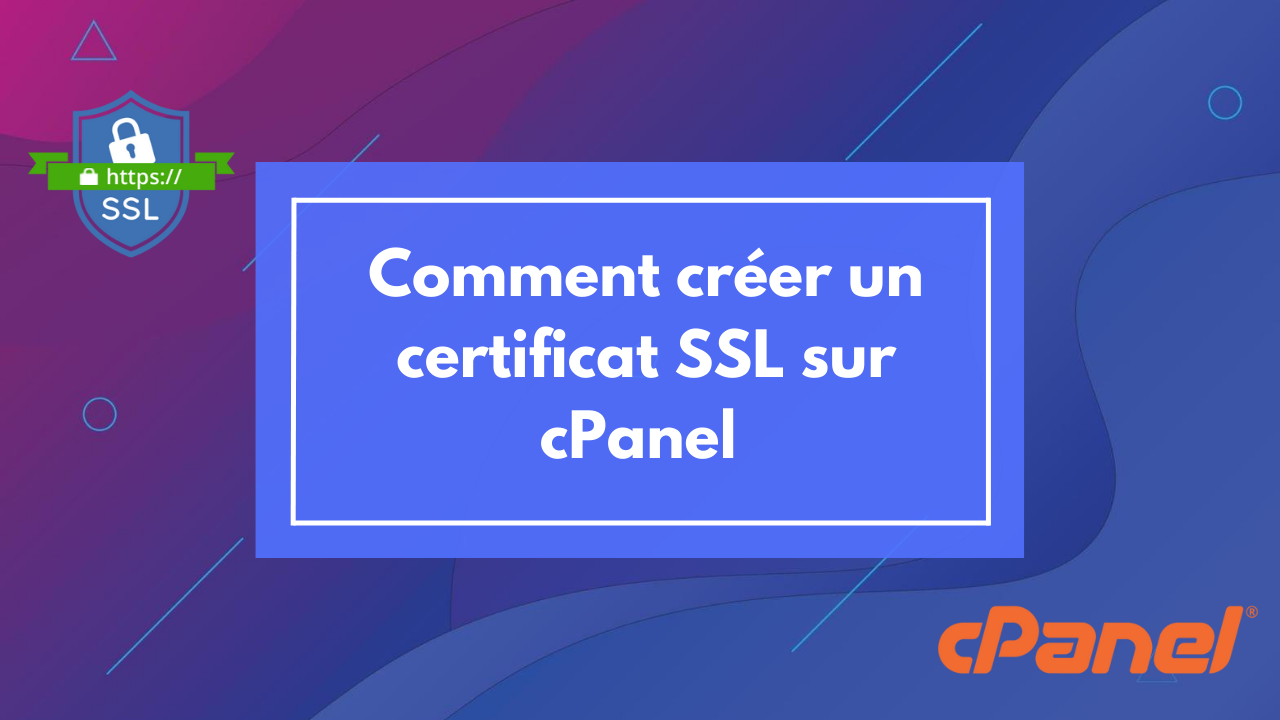
How to create an SSL certificate on cPanel OuiHeberg
Security is essential for any website, and using an SSL certificate is crucial to ensure the protection of data exchanged between your site and your visitors. With OuiHeberg, I will explain how to generate a free SSL certificate via AutoSSL on cPanel.
Accessing SSL/TLS Management on cPanel
- Log in to your cPanel interface.
- In the Security section, click on SSL/TLS Status.
Enabling AutoSSL
- In the SSL/TLS Status interface, you will see a list of your domains and their SSL status.
- Click on the Run AutoSSL button at the top of the page.
- Wait for the process to complete (this may take a few minutes).
Verifying SSL Certificate Installation
- Once AutoSSL has run, a validation message will appear if the certificate has been successfully installed.
- To manually verify, visit your site using https://yourdomain.com. If your browser displays a padlock, it means your site is secure.
Common Issues and Solutions
-
DCV (Domain Control Validation) Error:
- Ensure that your domain is correctly pointing to your server via DNS records.
- Wait a few hours for DNS propagation.
-
Certificate Not Installed on Some Subdomains:
- Exclude unused subdomains via the Exclude Domains from AutoSSL option.
- Ensure that the desired subdomains have an active HTTPS redirection.
-
The Certificate Does Not Renew Automatically:
- Recheck your domain and rerun AutoSSL.
Additional Tips
- To ensure automatic renewal without issues, regularly check the SSL status on cPanel.
- Enable HTTPS redirection to prevent visitors from browsing an unsecured version of your site.
With these simple steps, you can secure your OuiHeberg website in just a few minutes.

